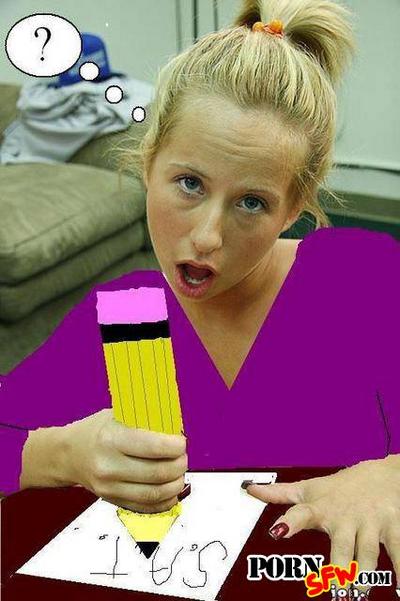The tops of all equations will either be 1 or 3, seeing that -1 raised to anything above zero will either be -1 or 1; add 2 to either -1 or 1 and you'll get 1 or 3.
The bottom of the equation will be increasing in sequence (from 1 to infiniti) with all equations.
The series will be getting smaller, but always be positive, seeing that eventually 1 or 3 will be divided by infinity-times-its-square-root. 1 or 3 is will be divided into a shitload of little pieces, and the size of one of those pieces is what each equation will equal.
In other words, your equation will eventually reach infiniti, seeing that the series will always be positive and stretches to infiniti.
For all of you that don't know what a series is, all you have to do is add each sum of the equation to the left of the 'E'. Since 'n' is going from 1 to infiniti, you'll get infiniti sums. Hence, the 'series' will be a series of infiniti equation, all in the order from one to infiniti, and each sum being added to the next in the series.














